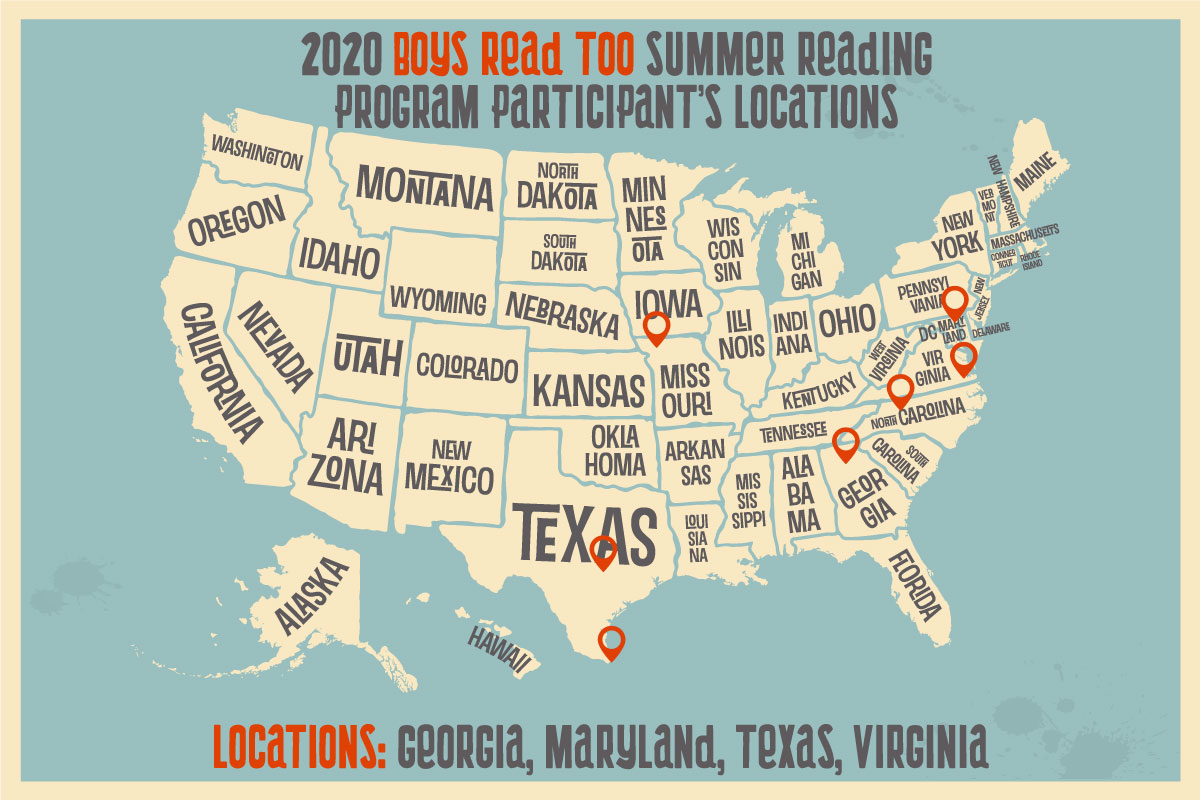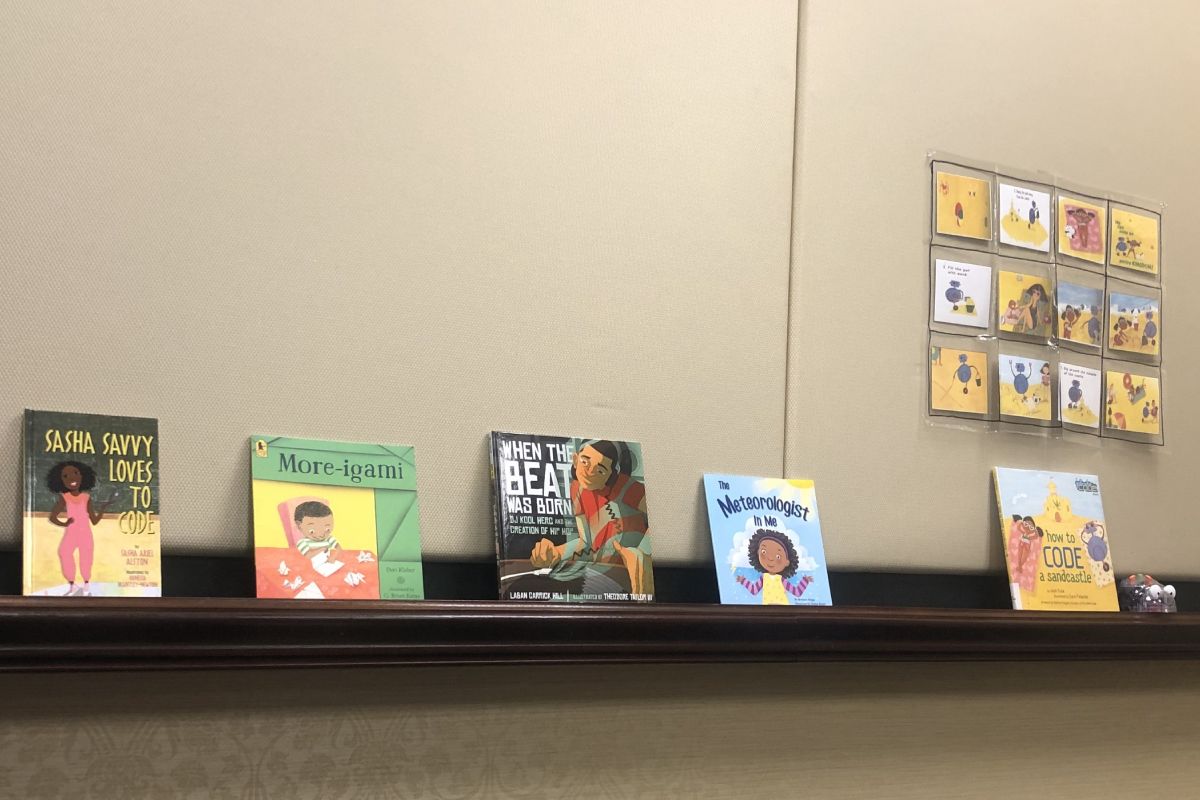Creating Diversity In Literature Week

A note to the reader before I share my ideas with you — I am a white man, and with being a white man comes a certain degree of privilege. As a privileged white man, I realize that I have a lot of work to do. I have taken many workshops and professional development sessions about how to be anti-racist in the classroom and when choosing texts for students to read. During the 2018-2019 school year, my district had a population where over 96% of the students were either Black or African American or Hispanic, according to the “NJ School Performance Report.” I do my best as an educator to make sure that I am providing for my students, not just by teaching them English and language arts skills, but by teaching them skills about life, and how to deal with any issues that may come their way. With that said, I recognize my privilege. I am continually learning how to provide my students with what they need academically, socially, and emotionally.
March 1 – March 5 is Read Across America Week for many school districts in the USA. In celebration of Dr. Seuss’s birthday, many schools make this Dr. Seuss Week. After all, Dr. Seuss is an author that most students are familiar with, having devoured his many books in the early grades. During this time, my school was planning a diversity in literature week celebration. I was thrilled when my vice principal asked me to step up to the plate and take charge for “Diversity in Literature” week.
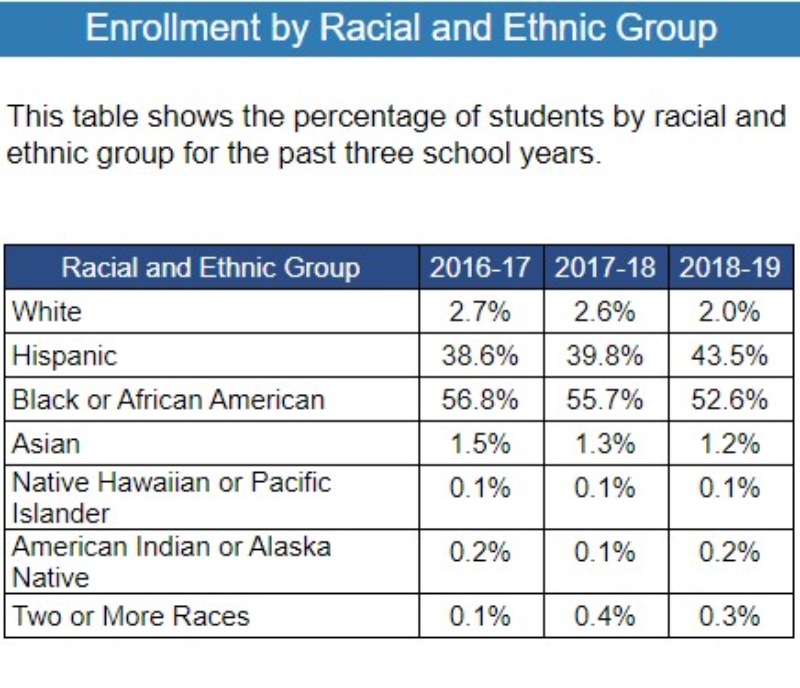
Coincidentally, I learned that one of our district’s guidance counselors sent an email to the assistant superintendent. This email expressed concern regarding celebrating Dr. Seuss, given how some of his work is racially insensitive and offensive in nature. After conversations and reading articles, I agreed with the guidance counselor. The vice principal still wanted me to create the event for the school, as originally agreed.
As a teacher, I strongly believe that teaching across the curriculum is important, so I wanted multiple subjects teachers to teach students about diversity somehow. There are multiple reasons for this. One, if students only learned about diversity in only one subject, they likely would only think about diversity as only an English or social studies topic, and that is simply not true. Two, the more teachers who teach about diversity, the more likely that students will pay attention and find something that they connect with.
On Monday, the English teachers taught a lesson about social justice, diversity, equality, equity, and power. The slideshow that I created went into specifics about these topics. For example, one of the questions asked was “Is it better to be equal or equitable?” Students in my classes discussed this at length before coming to the conclusion that it is better to be equitable, though it may be easier to be equal. Finally, we discussed how students can become advocates and activists in social justice that they care about.
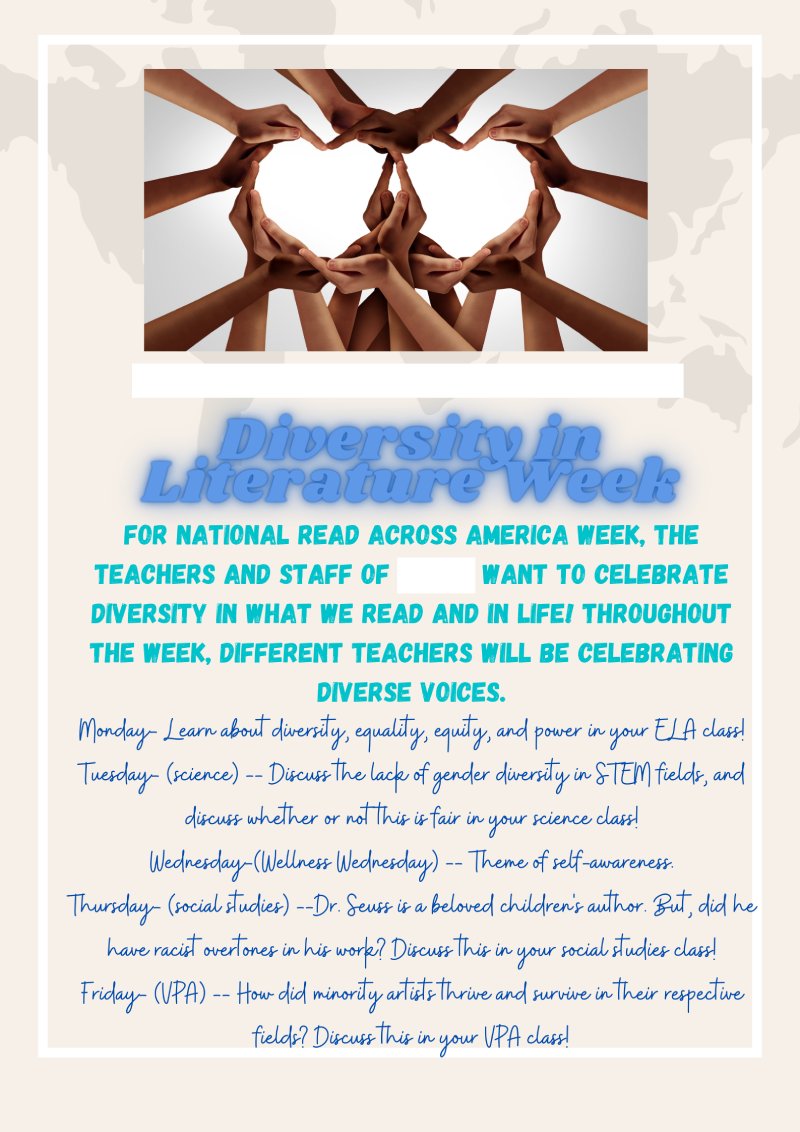
On Tuesday, the science teachers used the article “Video games could be a short-term answer to science’s gender problem” from the website ActivelyLearn. (If I could adjust one aspect of the title, I would change the words “gender problem” to “science’s lack of representation of girls and women.”) The article mentions a study that concluded that girls who played more video games were more likely to be more interested in STEM, which would in turn cause more girls to become scientists, mathematicians, engineers, etc. Students in science class used this as a jumping off point to discuss the lack of women in STEM fields, and whether or not they believed this was fair.
There was no school on Wednesday, due to the district’s initiative of “Wellness Wednesday.” Each Wellness Wednesday has a theme, and the theme of this one was “self-improvement.” It was suggested (though not required) that students create vision boards, where students respond to questions that help them discover who they are. This fits with the theme of diversity, as students have a multitude of interests. This process helps them now and in the future by allowing students to really think about their wants and needs.
On Thursday, the social studies teachers taught about the racial undertones in Dr. Seuss’s work. Teachers were given a number of political cartoons that Dr. Seuss created before he became a famous author, and discussed the impacts of them. Depending on where the teachers were in the curriculum, there were plenty of opportunities to discuss issues like racism, anti-Semitism, xenophobia, Nazism, and the dangers of going to war unprepared.
On Friday, the visual and performing arts (VPA) teachers discussed famous artists of their respective fields. How did these artists thrive and survive? Because there are so many different artists with vast amounts of work, the VPA teachers had many options: they could discuss women artists, artists of color, LGBTQ+ artists, etc.
There are many other ways that diversity can be taught in school. For example, in foreign language classes, students could have been taught about the diversity within the French and Spanish languages, respectively. Do French and Spanish sound the same everywhere? Math classes could have had a discussion of famous mathematicians of color who used math in unique ways.
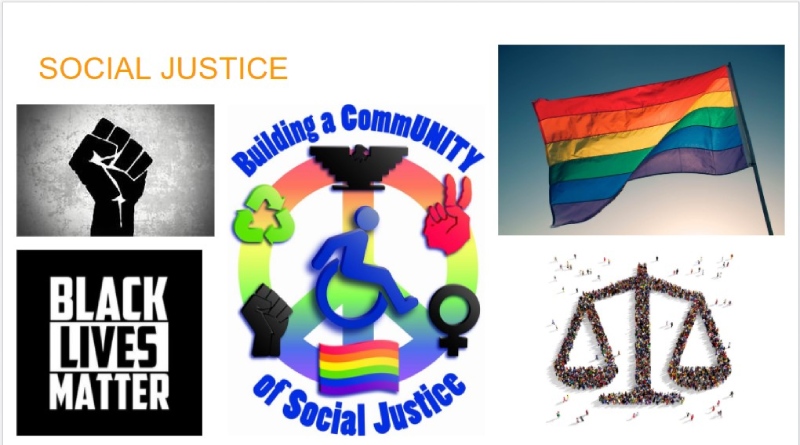
Diversity is important year-round, not simply during one week. English teachers should have a large selection of books in their classroom libraries, by authors of color, LGBTQ+ authors, women, those with physical disabilities, etc. Social studies teachers can emphasize in their lessons why things like racism, homophobia, and sexism are unacceptable. STEM teachers can take care to mention the noteworthy role models for their respective classes. Music and theater teachers can purposefully choose pieces written by underrepresented populations that express struggles that they may face.
My ideas for diversity in literature week can be adapted for elementary school and high school students, as well. Elementary school teachers can discuss popular characters that their students like, and explain what makes them diverse. High school teachers can go into more depth on the suggested topics; for example, rather than telling students to become activists, teachers can assign research topics and various activists to students in their classrooms.
My “Diversity in Literature” plan was created, edited, and finalized within a week. However, “Read Across America” week, at the time of this writing, is about 11 months away, which means that we have so much time to think of ways to make this better. After all, the ultimate goal is for students to succeed, and part of that is having solid representation across literature. So, if you have any ideas on how to make Diversity in Literature Week better, please reach out to me on Twitter — I would love to have a dialogue with you on how we can make the next “Diversity in Literature” week even better.
This article is available and can be accessed in Spanish here.




